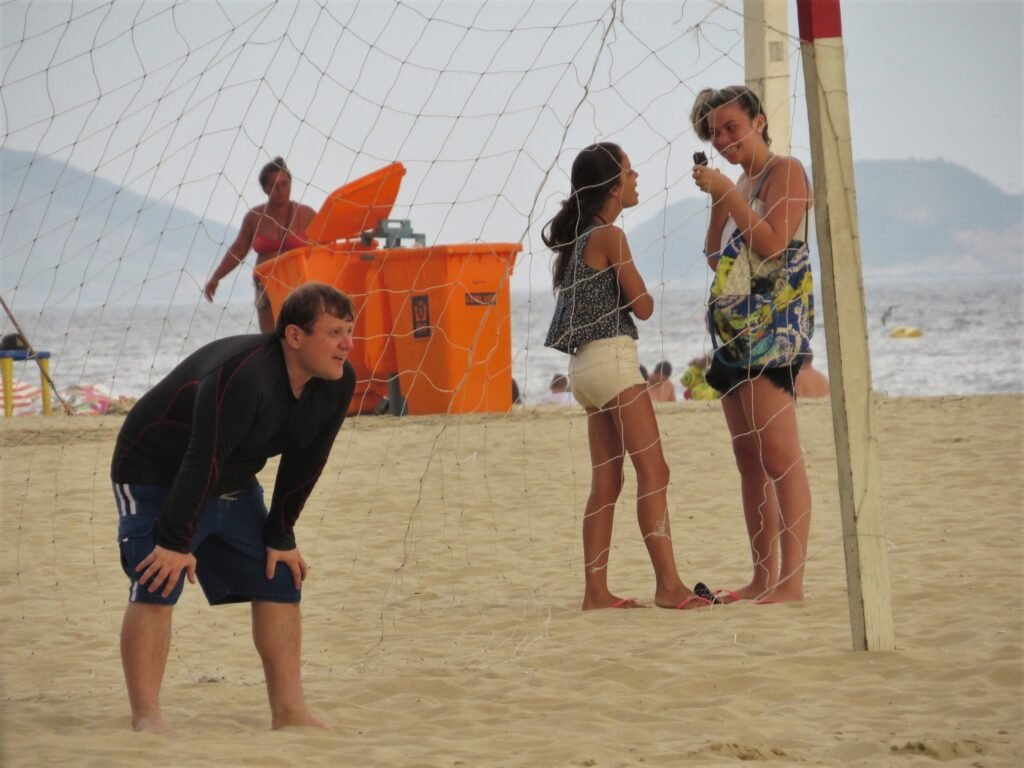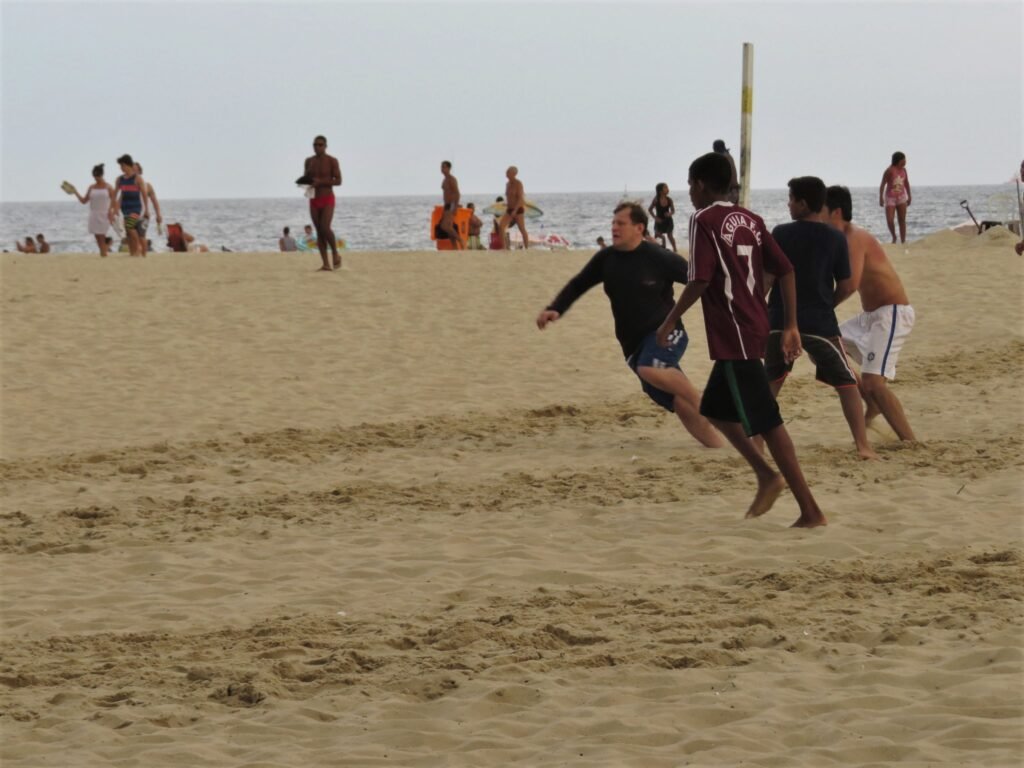As I've mentioned, I love soccer and try to visit a stadium or catch a game whenever I travel. So, naturally, when we went to Brazil in December 2015, I was beyond excited about everything soccer-related in a country where my favorite sport is such a prominent part of the national identity.
The very first attraction we went to see in Rio was Maracanã Stadium, probably the most famous soccer stadium in the world. Because we were there in December and couldn’t catch any matches, taking a tour of the grounds was our only chance to set foot in this iconic venue. Maracanã was one of the holy trinity of soccer stadiums in the Southern Hemisphere I had dreamt of visiting since I was a kid. Like La Bombonera in Buenos Aires and Azteca in Mexico, Maracaña had my imagination running wild and transported me back in time. Standing on the grassy field on a hot, sunny day, I imagined the scores of players who had played here. Pele, Garrincha, Jairzinho, Zico, Romário, Bebeto, Ronaldo. In my vision, these footballers appeared out of nowhere, showing flashes of brilliance and then disappearing like baseball players in the “Field of Dreams” movie.
Looking at empty rows of yellow and blue plastic seats painted in the colors of the Brazilian national team and taking in the atmosphere, I thought about the important games that took place here. My mind traveled back to 1950, and I could hear the deafening silence of nearly 200,000 spectators in the stands witnessing the defeat of the host nation in the World Cup final at the hands of neighboring Uruguay. I could also vividly remember Germany defeating Argentina just a year prior in the 2014 World Cup final, following the Brazilian side’s humiliating defeat 7-1 to Germany in the semis. I contemplated what other great games this stadium would witness in the future. And just like that, six months after our trip, Brazil would capture an Olympic soccer gold here, in front of its loyal and fervent fans.

While the Maracanã stop fed my imagination, I also craved a more hands-on experience. And that's why playing street soccer was next on my list. Strolling by Copacabana Beach one afternoon, we walked past makeshift sand pitches where local men played. I was eager to join in, but was a bit apprehensive about playing in the sand. I spent my childhood chasing a ball around a grass field, and while locals made running on sand look easy, I didn’t know if I was in any shape for it.
I approached one of the pitches and was told to wait until a water break so I could replace a departing player. When the teams stopped a few minutes later, one of the shirtless guys traded places with me. My teammates sized me up and quickly determined that my place was defending the net. In my childhood, the goalkeeper position was usually delegated to someone who wasn't good at soccer. But, hey, no offense was taken. I was just happy to make the team and started to warm up in the net, stretching to reach the crossbar and meticulously checking goalposts. I crouched in the starting position, emulating great goalkeepers I’ve seen play. I was ready. The whistle blew. Within seconds, a ball soared right past my head into the back of the net before I could even move a muscle. My teammates stared at me with disappointment, and I was immediately told to go and play forward instead, where they thought I could do less damage.
I was upset, but not defeated. This was my moment. I wanted to score so badly. I wanted to return home and proudly tell my friends that I played soccer on Copacabana Beach with real Brazilians and scored a goal. The game resumed, and I charged to the opposing side’s territory at full speed. Unsure of my nationality, the opposing team decided to call me “Frenchman” and had a player covering me, just in case I turned out to be a better forward than a goalkeeper. My teammates, in the meantime, didn't give me a nickname or any time with the ball. My best chance to score finally came when a teammate accidentally passed me the ball. Here it was, my chance! I ran, I dribbled, I kicked… and I missed the net with my shot going wide.



It was only five minutes into the game when I realized that I was completely exhausted, sweat pouring down my forehead and seeping through my shirt. When I asked to play, I had no idea just how incredibly tiring playing in the sand was. The game barely started, but I couldn't move my feet any longer. So I decided that playing for five minutes was enough for the novelty experience and looked to the sidelines for a substitution. Other than Julia—who was excitedly taking pictures of my short-lived career on Copacabana—there was nobody there to replace me. I asked a teammate if I could leave, but he just gave me a very stern look. The next five minutes were the longest five minutes of my life. I was out of breath, heaving, wheezing, barely dragging my feet in the sand, and feverishly counting minutes to the next break. I stopped caring if my team was winning or losing, telling myself that just making it to the end would count as a victory. When the game finally stopped for another water break, I crawled off the sandy turf of Copacabana. I survived!
Our trip was filled with other great soccer-related experiences, like visiting the Soccer Museum in São Paolo or seeing a giant bowl of a stadium in Salvador de Bahia built for the 2014 World Cup. But my favorite story is how I unexpectedly became a fan of Rio de Janeiro’s club Flamengo and the chaos it caused back home in Chicago. Come back next week for details.


